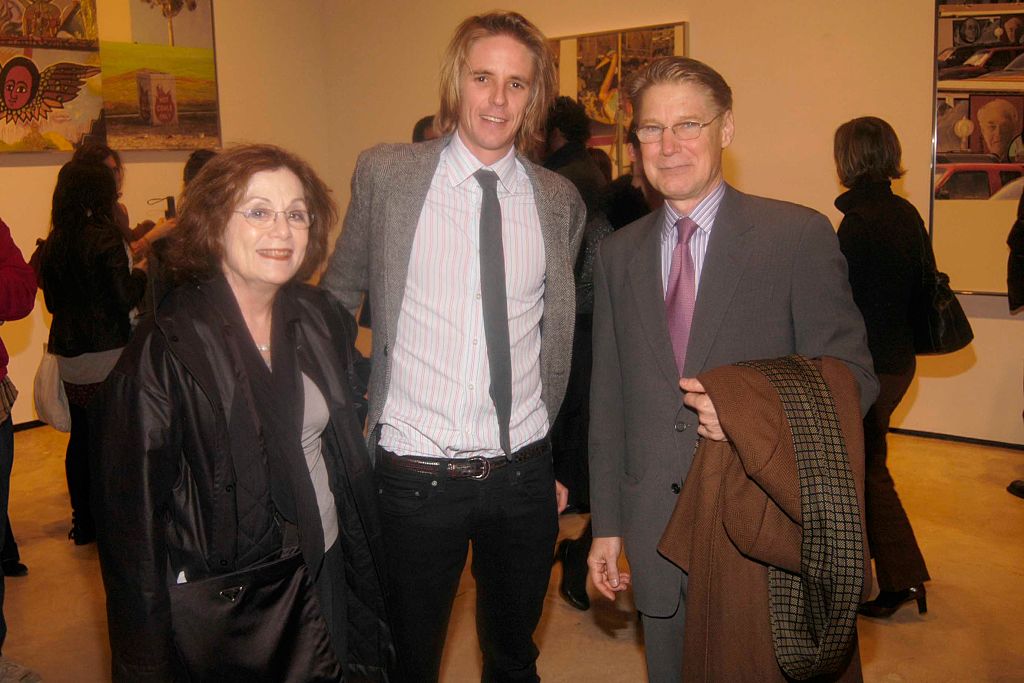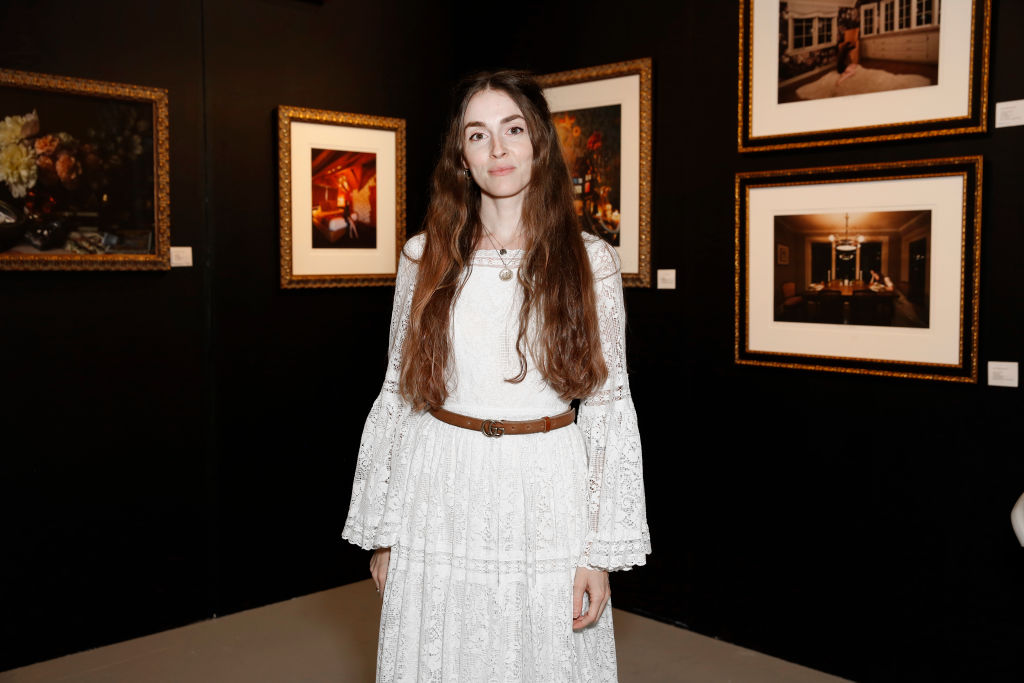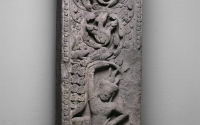British Museum Wants Your Help Recovering Its Stolen Items
The British Museum in London has launched a web page for the items that are still missing with the hope of relocating. Around the same time that page went live, the museum dozens of objects that were stolen are now back in the collection.
A press statement issued on September 26 said “it was confirmed that 60 items have now been
returned, with a further 300 identified and due to be returned imminently.”
The museum’s web page does not share full details of the lost and damaged items, only information on the gems and jewelry pieces the institution believes are missing through images and details of similar pieces still in its collection. If that sounds confusing, it’s because only around 4.5 million out of the 8 million items in the British Museum’s collection have been photographed and inventoried.
The museum’s initial announcement about the missing objects on August 16 described them as small pieces of “gold jewellery and gems of semi-precious stones and glass dating from the 15th century BC to the 19th century”.
The “vast majority of the [missing] items are from the Department of Greece and Rome,” with some of the jewelry from the Late Bronze Age (about 15th to 11th century BCE). Prior to the thefts, they were kept by the British Museum primarily for academic and research purposes.
The newly launched web page also states that the British Museum has registered missing items with the Art Loss Register and that it is actively monitoring the art market. The museum also said it had continued to work in partnership with the Metropolitan Police Service and that it had “established an international panel of specialists, including leading figures in the study of gems and jewellery, who will offer their expertise to assist us in identifying and retrieving the lost items.”
“The British Museum’s approach has carefully balanced the need to provide information to the public to assist the recovery efforts with the fact that providing too much detail risks playing into the hands of those who might act in bad faith,” Art Loss Register director of recoveries James Ratcliffe wrote in a press statement. “We are delighted to provide our assistance on a pro bono basis to the excellent team at the Museum to support their efforts.”
In addition to Ratcliffe, the international panel includes Lynda Albertson from the Association for Research into Crimes against Art, as well as other specialists in the field of ancient gems and jewelry.
While the British Museum has set up an email address ([email protected]) for anyone with information or people who suspect they have some of the stolen items, one expert is not optimistic. “The only thing that will come out of this website is a wave of tips phoned in from yard sales the world over,” Erin Thompson, an art crime professor and John Jay College, told ARTnews.
Prior to the web page’s launch, museum chairman George Osborne had spoken about the recovery of some of the 2,000 stolen items in an interview with BBC Radio 4. Osborne called the situation “a silver lining to a dark cloud” but acknowledged the thefts had severely hurt the museum’s international reputation.
The British Museum’s initial announcement on August 16 about the missing and stolen items, including a review of its security protocols and the firing of an unnamed staff member, quickly grew into a scandal for the institution. The unnamed individual was identified in press reports as veteran Greek antiquities curator Peter Higgs. Emails from Danish art expert and art historian Ittai Gradel, reviewed by multiple media outlets, showed that multiple senior museum officials were warned about the thefts in 2021 after Gradel saw items listed on eBay for as little as $51. Director Hartwig Fischer immediately stepped down as a result of the scandal on August 25, after previously announcing he would depart early next year. Officials from Greece and Nigeria also renewed calls for repatriation of the Parthenon Marbles and the museum’s large collection of Benin Bronzes.
The day before the web page was launched, the National reported that the British Museum bought an ancient Egyptian artifact from an art dealer who has been convicted for smuggling antiquities.
The shabti figurine is found in many ancient Egyptian tombs. The museum’s records show a shabti dating from the Thirteenth Dynasty of Ancient Egypt, (1782–1650 BCE), was purchased in 2017 from Palmyra Heritage Gallery. The gallery’s owner, New York antiquities dealer Mousa Khouli, also known as Morris Khouli, pled guilty to smuggling Egyptian cultural property to the US Attorney’s Office in 2012.
The British Museum told the National that the shabti was currently the subject of an investigation by US authorities, with whom it was cooperating.



